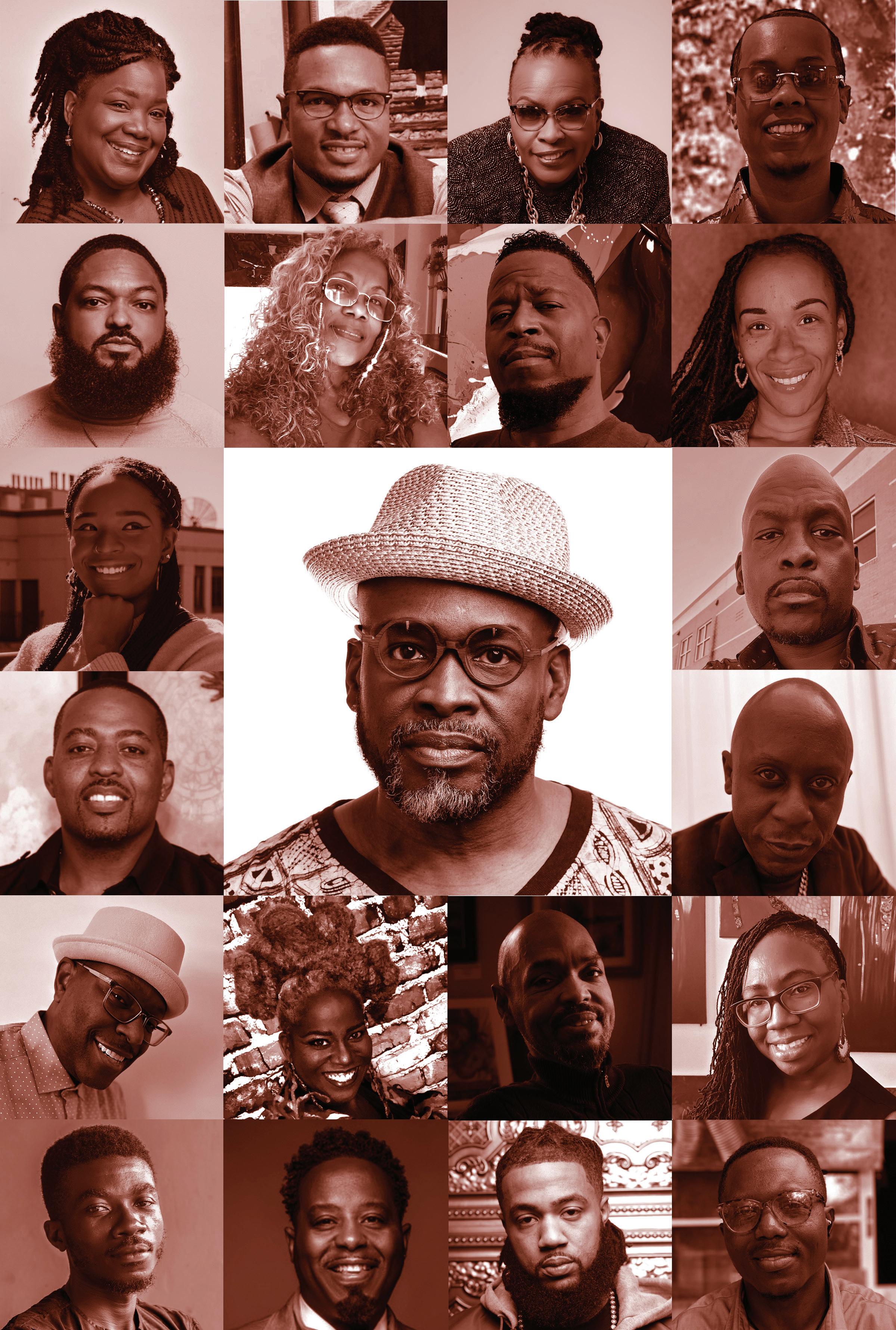

Laura Benson
Tanya Bracey
Karen Buster
Maurice Moe Bradford
Odifiyo Evans
Ofori Kessie
Thomas E. Lockhart, III
Aaron Maybin
Linda Mose Meadows
James Murphy, Jr.
DionJa'Y

Tommy Roberts
Tiffani Sahara
Wendell Supreme Shannon
Dr. Yemonja Smalls
Marcel Stewart
Lloyd Gregory Wade
Randy Walters
Richard Wilson
Reigna Wren
The Mentorship of Larry Poncho Brown
COMMENTARY
Whatdoes it mean to be a mentor? More specifically, what does it mean to be a mentor of the arts? More specifically still, what does it mean to be a Black mentor of the Arts in the United States of America?
The branching and parsing of this question isn't meant as a confounding riddle but is meant to flip through the layers of the work Larry Poncho Brown is doing. And which angle should any one person try to approach first? The social and cultural uniqueness of America? The absolute lack of economic and social support of the arts in this country? Any approach is certainly valid and the endeavor would surely reap some valuable knowledge and context.
The angle of this commentary is that of the revolutionary act of Black education. Larry Poncho Brown's work is unequivocally, inextricably, undoubtedly Black. This influences every element of his work including, and specifically, mentoring other African Americans. Certainly mentorship holds meaning and power in other communities but the absolute necessity of this specific form of teaching is significant for the African American community.
For such a brassy claim, I turn not just to the visual record of Mr. Brown's four decades of work but to the writings of W.E.B Du Bois. The Souls of Black Folk was first published in 1903 (just a mere 120 years ago) and holds incredibly apt assessments of American society, contemporary and historical alike. I bring us to this
text, specifically to the chapter "Of the Training of Black Men", because the importance of mentorship in the Black community shines brighter when you can see the emergence of the pursuit of knowledge from the onset of emancipation. What knowledge can a free person learn, or more importantly what knowledge can they bring to the broader society.
Education is all about freeing the mind. Giving our brains the ability to stretch and grow and most importantly the ability to connect. Slavery was a repressive force on African Americans where they were barred from this form of education. By freedmen having access to the world of teaching and learning they are birthing something new. As put by Du Bois, "Herein the longing of black men must have respect: the rich and bitter depth of their experience, the unknown treasures of their inner life. The strange rendings of nature they have seen, may give the world new points of view and make their loving, living, and doing precious to all human hearts." (Pg. 66) The wave of minds beings introduced to society at large resulted in the creation of African American Culture. Black people not only being granted freedom from slavery but freedom to create a culture that is unique to this day.
Larry Poncho Brown's art work is a prime example of African American Art. From graffiti art to having his work highlighted in media like "The Cosby Show‚" Brown has a portfolio that touches so many experiences that are uniquely black. One such series is "Across the Diaspora" which chronicles Brown's
COMMENTARY
travels through Senegal, Ghana, South Africa, and the Caribbean. This series shows a black man working through the reality that while these countries are all a thread in his personal tapestry, they are equally foreign to him. These are places where ancestors originated from yet feel lost and distant because slavery suppressed their history, their culture, and their knowledge so thoroughly that even now it falls to the individual to discover their origins. Looking through Brown's collage series "Black lives DO matter" there are depictions of victims of hurricane Katrina, police brutality and the mistreatment of black men in the media. The use of collage, the color scheme being gray scale, the purposeful use of faces is intentional for their impact. These are the experiences of Black people in America and this is not an art subject that can come from someone outside of this specific lived experience.
Art being a herald of civilization is a largely uncontested view. The way in which we gauge eras with the aid of paintings, sculptures, music, and texts secures the importance of their place in human history. Black American Art is the mark of a civilization within a civilization. In a country that has categorically refused to educate African American people we have come to a place where Black people are mentoring each other in the creation of Black art. Just as a white person can't teach a Black person how to be African American, a white person can not teach a Black person how to make Black art.
Mr. Brown's prolific mentorship of other Black artists continues this tradition. And what a tradition it is. It’s one thing to take an artist under your wing and provide them with the space and experiences otherwise unavailable to them, it is a wholly other thing do this for Black people. From the creation of the African American Youth Art Exhibition providing a space for multiple Black youths, to the singular impact through relationships with artists like Karen Buster, Brown is putting into practice "Each one Teach one." Beyond providing these opportunities for others, Brown is helping to cultivate Black American Art for generations to come.
This is what mentorship in this context can bring to the forefront. Not just exposure, opportunity, or experience, it can bring out art that can only be created from the lived experience of other Black people. To have someone who has the ability and desire to reach out and pull people into the world of art and give them access is a boon to the human experience. Ushering and fostering an art movement is not a practice other artists can claim and such an achievement marks Larry Poncho Brown as a landmark figure. Certainly Poncho's original works clearly speak to American Blackness and Art but to be able to see beyond one's own success and strive to see the visions of others makes a true mentor.
Iris Foxx Writer and Commentator
CURATOR STATEMENT
LarryPoncho Brown's deep roots in Baltimore, Maryland are evident in his art, which spans across more than forty years, with a legacy that has ranged from earthy sign painting and graffiti to museum quality, fine art visionary conceptions. Mr. Brown’s legacy to date is represented by four decades of deeply prolific artistry, and his dedication to personal practice is rigorous. Although his favorite medium is acrylic paint on canvas, he continuously challenges himself to strengthen his skill base through his use of many artistic applications. His contributions to the contemporary fine art world offer a journey of aesthetic pleasure that portrays movement and rhythm, as well as unity and spirituality.
It is important to note, that although Larry Poncho Brown is highly educated, receiving his undergraduate studies as a fine arts degree in graphic design and photography from the Maryland Institute College of Art, Mr. Brown is primarily a self-taught artist. His talent is innate, and his journey to achieve personal success has been arduous. Community, relationships, and travel have undoubtedly influenced his style and technique leading to an impressive body of work. Anyone interested in contemporary art, African American history, social justice, and/or spirituality would find an exploration of his work to be powerful, thought-provoking, and dialogue inspiring.
Across the expanse of his career, Mr. Brown’s continuous donation to the world has been mentorship. The sheer number of creatives
touched by him seems exhaustive, but he has literally mentored hundreds of emerging and midcareer artists making him a respected leader and entrepreneur within the arts community in the Baltimore landscape and beyond. His support of creatives is often “invisible and behind the scenes”, but he is always there. He never turns away. What is a protégé? A protégé is a person who is being trained or guided by an experienced or successful person in a particular field, often referred to as a mentor. What is a mentee? A mentee is a person who is being mentored or guided by someone with more experience or knowledge in a particular area.
“Protégé: 20 Mentees” is an exhibition that takes an authentic and refreshing look at the magnificent work of twenty amazing professional artists through the lens of Mr. Brown’s leadership, pedagogy, tutelage, attention, and information sharing. The works are recent only because of limited exhibition space. However, the mentorship is deep, far-reaching, and everlasting. It speaks of connections that have true longevity. This is at the core of who he is. This is what he does. This is how he works. To that end, and for that reason, Mr. Brown is fondly called Poncho by the masses as he communicates with candid intensity. He is benevolent and kind, but his engagement requires a task-oriented, disciplined work ethic. For the exhibition entitled “Protégé: 20 Mentees” … He chose his favorites… And… He chose his best. They answered the call.
Kibibi Ajanku, MFA Curator, Herbert Bearman Gallery
ARTIST STATEMENT
The seed of mentorship was planted in me very early on in high school. After graduation my high school art teacher Chenal Alford made me committ to coming back to Carver Vocational-Technical High School to share my college experiences with his students. I was reluctant, but then I realized many of these students would never have an opportunity to go to an art school, and as much as I didn't want to attend college at the time, I could see how sharing my experiences could pave the road to other students following a path in the arts. I was taught that mentorship is important, and to understand that it came with a lot of responsibility.
I never wanted to be a teacher, but early on I didn't understand that mentoring as a form of teaching. There was something freeing in sharing my gifts with others. I also learned that I could control the way my experiences were being imparted. This has been a part of my development as an artist and an integral part of me as a creative. But what is mentorship? For me, mentorship is forming a relationship with another creative as an accountability partner, having an opportunity to share the many things I've learned as an artist. I realized that not only was I passing on information, but that I spread other roots by not keeping all of my artistic experiences to myself. It also made me understand that I had a special talent when it comes to dealing with artists and other creatives. It took me a while to understand that other artists and creatives valued my word and trusted what I was saying. Many of my mentees came to me by recommendation, or I
ran across them in my travels. Working with artists on different skill levels requires a tailored approach. I typically would interview an artist just like interviewing for a job. I would listen for how committed they were to their craft, the support system that they had around them, and I would also listen deeply for where their esteem level may be. Artists don't always need a personal one-on-one art lesson. Mentorship to me is not that. Mentorship is tailoring my information specifically to an artist. While I don't profess to know everything in the arts, 40+ years of being in the arts has exposed me to so many sectors of the arts, which an artist could use to help chart their creative path. It's the conversations that enrich not only the mentee, but the mentor, as it is a twoway exchange. When I am counceling an artist and they're sharing specific issues, problems or concerns, I have usually have an answer for most of their concerns.
My very first mentee was a college friend who asked me whether they could work in my studio. He was confined to a wheelchair, so it made me have to develop solutions for us to work together. It was through that relationship that I became more fearless when it came to selecting certain mentees. I have contributed to the beginning stages of how many of them evolved as artists. Some of them I worked with from very young ages, but now most of the artists I work with are emerging artists. After many years of working in elementary schools, middle schools, and high schools, I have shifted my focus from grade school to college students because I realized that college students
ARTIST STATEMENT
suffered more in the realm of understanding the arts. They were preparing for art careers but had no idea what they were facing. I thought that I would be better utilized working with college students and other emerging artists that were already committed to what they were doing.
I have worked with a host of artisans over the years, many of which never pursued the arts. So, I had to understand that my mission is not to craft everybody into an artist, but my mission was to demystify the artists creative path. Many times, I chose not to work with an artist because they lacked enthusiasm and were not necessarily passionate about being an artist.
Artists don't understand that their portfolio or their sketchbooks are like a diary. I often traveled across the country to portfolio reviews, and it was almost like I was a psychic. I could tell a lot about the artist by looking their work, the level of completion of their work, and the cleanliness of their work. I could also tell a lot by all those empty pages in the back of their sketchbooks. When I began to access them, often it would either open them up to move to another level, or sometimes that information would crush them. It took me a while to realize that criticism is something that most people have a problem with. Many of them were not in an institutional environment where critiquing is part of the curriculum. When I attended the Maryland Institute College of Art, I was used to having a critique on all assignments, from every class, which does prepare you for criticism.
Shedding light with the experiences that I've had is a wonderful exchange for me and motivates me to continue to study my craft, so when other artists approach me, I could be a vessel of knowledge for them. Being a black male artist, gives me another perspective on what adjustments need to be made to become successful as an artist. Having done art full-time since I was 17 also gives me a unique position to speak from. After all, if I could do it, anyone can.
The artists you see represented in this exhibition are just a fraction of the artists I've mentored over the last 40 years, but they are some of the most motivating and inspiring artists that I have in my creative family. After all, we are a family. I never take credit for any of the success artists gain. It is through their commitment that the relationship is even possible. After all, the mentorship relationship, if done properly, will be outgrown, but friendships last forever. It is my hope that through my mentorship style and my commitment to mentoring that other artists will see the importance of mentoring younger artists. God did not intend us to harbor this gift for ourselves, nor did he intend for us to create for ourselves. I believe that we were given this gift to share it with others. It is also very therapeutic the moment you share your gifts with someone else. So I challenge all artists to take the time and thank the creator by paying it forward, and in the end, we all shine together.
Larry Poncho Brown Artist and Author
Larry Poncho Brown

Light of the Ancestors
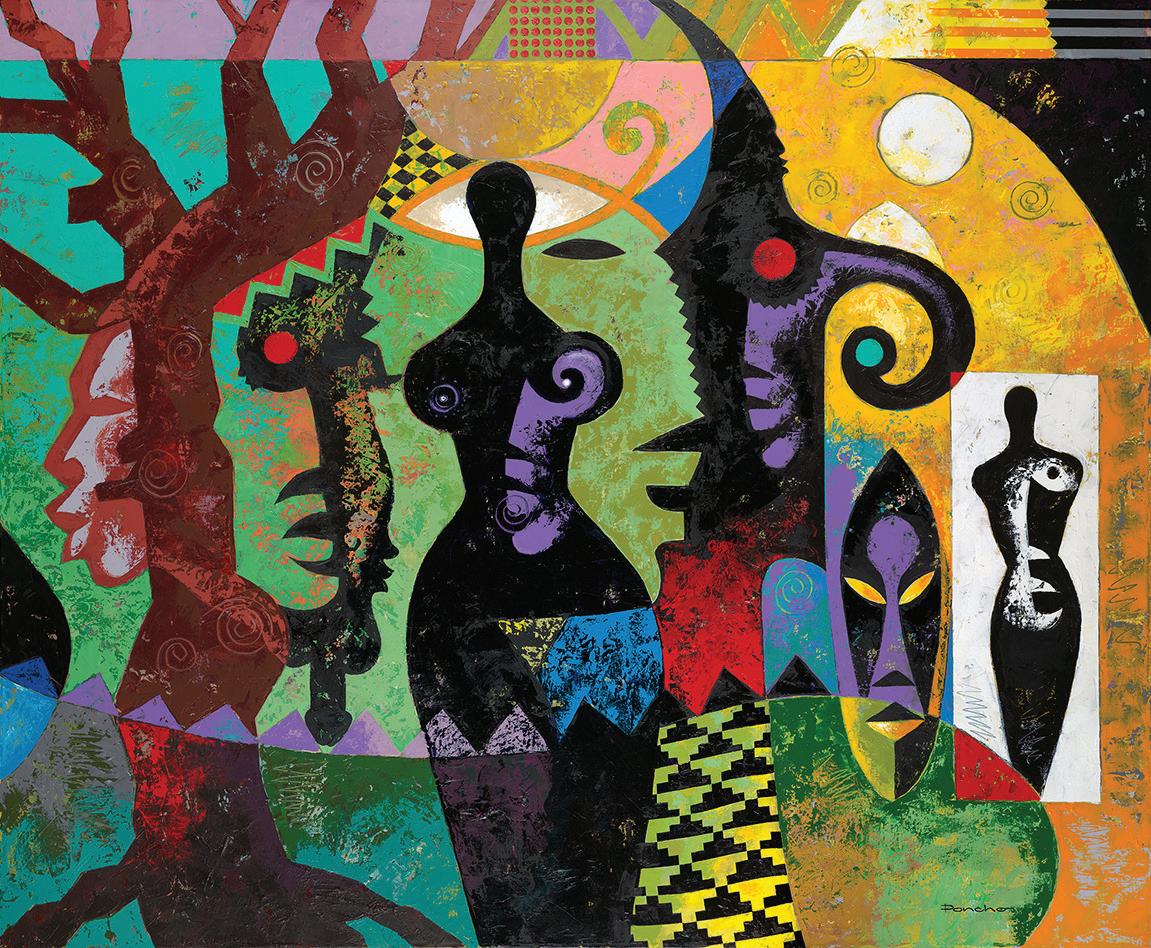
Laura Benson

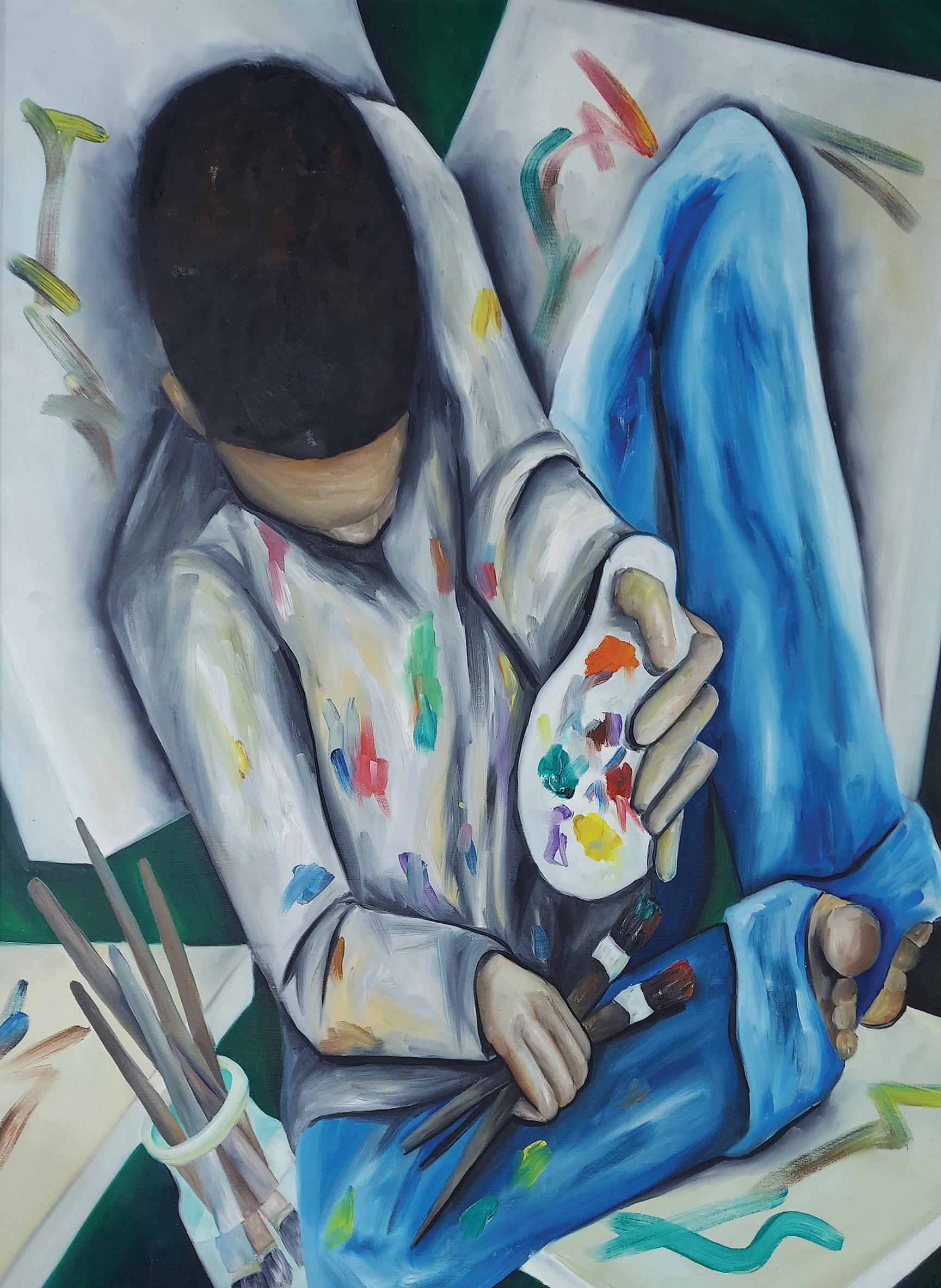
Hitting the Wall
Tanya Bracey


It Is Written
Karen Y. Buster


Juxapostion
Maurice "MOE" Bradford

Self Portrait

Variety of Faith
Odiyifo Evans


Ofori Kessie

Brave Beauty


 Amazing Grace
Thomas E. Lockhart, III
Amazing Grace
Thomas E. Lockhart, III
Aaron Maybin


Mental
Linda Mose Meadows

 My Cuban Cousin
My Cuban Cousin

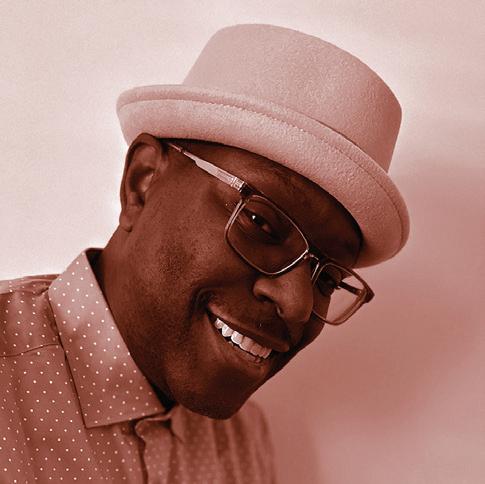 L'Homme Noir
James Murphy, Jr.
L'Homme Noir
James Murphy, Jr.
DionJa'Y

 Ballerina's Recital
Ballerina's Recital
Tommy Roberts

Metamorphasis Of Miles

Tiffani Sahara


Finally Decided
Wendell Supreme Shannon

Diversity

Dr. Yemonja Smalls

O And You Thought It Was Magic That Made Her

Marcel Stewart

Sense of Warmth

Lloyd Gregory Wade
Strange Fruit



 Walter's Dance Off
Randy Walters
Walter's Dance Off
Randy Walters
Richard Wilson

 In His Shadow-Joe Louis
In His Shadow-Joe Louis
Reigna Wren

 Warrior
Warrior
“A mentor is someone who allows you to see the hope inside yourself.”
— Oprah Winfrey
“Show me a successful individual and I’ll show you someone who had real positive influences in his or her life. I don’t care what you do for a living—if you do it well I’m sure there was someone cheering you on or showing the way. A mentor.” —
Denzel Washington
“I’ve learned that people will forget what you said, people will forget what you did, but people will never forget how you made them feel.”
—
Maya Angelou
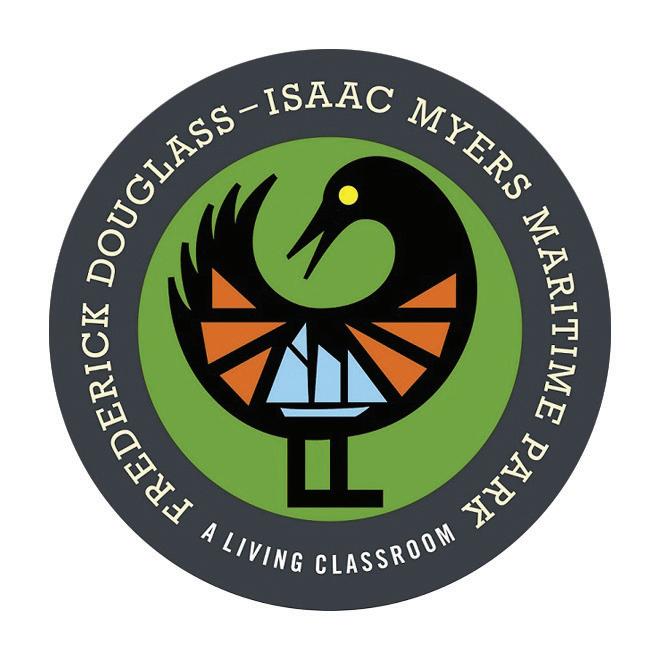



















 Amazing Grace
Thomas E. Lockhart, III
Amazing Grace
Thomas E. Lockhart, III



 My Cuban Cousin
My Cuban Cousin

 L'Homme Noir
James Murphy, Jr.
L'Homme Noir
James Murphy, Jr.

 Ballerina's Recital
Ballerina's Recital













 Walter's Dance Off
Randy Walters
Walter's Dance Off
Randy Walters

 In His Shadow-Joe Louis
In His Shadow-Joe Louis

 Warrior
Warrior
